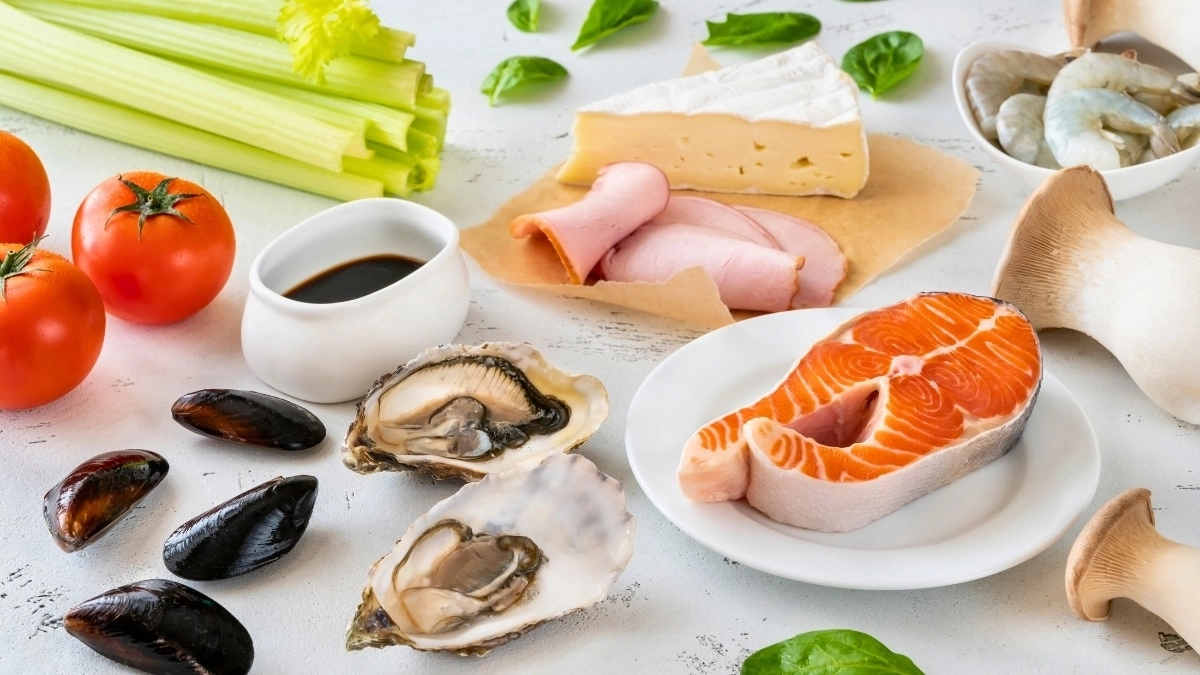Umami, often referred to as the fifth taste, is a flavor sensation that has been gaining recognition and appreciation in culinary circles around the world. Unlike the traditional tastes of sweet, sour, salty, and bitter, umami is characterized by its savory depth, which adds complexity to a dish. The term “umami” comes from the Japanese word meaning “pleasant savory taste,” and it was first identified by Japanese chemist Kikunae Ikeda in the early 20th century. He discovered that the taste was primarily associated with glutamate, an amino acid found in various foods such as tomatoes, cheeses, and mushrooms. This savory flavor has become a significant focus for chefs and food enthusiasts alike, as it plays a crucial role in enhancing the overall enjoyment of a meal.
Incorporating umami-rich ingredients into dishes can elevate flavors and create a more satisfying dining experience. Foods high in umami include aged cheeses, soy sauce, miso, and cured meats, all of which can impart a rich, savory character to recipes. Chefs are increasingly recognizing the importance of this taste, as it can balance other flavors and contribute to a well-rounded palate. The use of umami can also enhance the perception of flavor intensity, allowing for more nuanced and layered dishes. As diners become more adventurous and discerning, the demand for umami-driven cuisine has surged, prompting chefs to explore innovative ways to incorporate this elusive taste into their creations.
Furthermore, understanding umami can transform the way we approach cooking. By emphasizing ingredients that are naturally rich in umami, home cooks can improve their culinary skills and create more flavorful meals without relying heavily on salt or fat. Techniques such as roasting vegetables to concentrate their flavors or using fermented products like miso or soy sauce can unlock a dish’s potential, showcasing the savory notes that umami brings. As the culinary landscape continues to evolve, recognizing and harnessing the power of umami is essential for anyone looking to enhance their cooking and appeal to diverse palates. Thus, umami is not just a trend; it’s a fundamental aspect of flavor that chefs and home cooks should not ignore.




